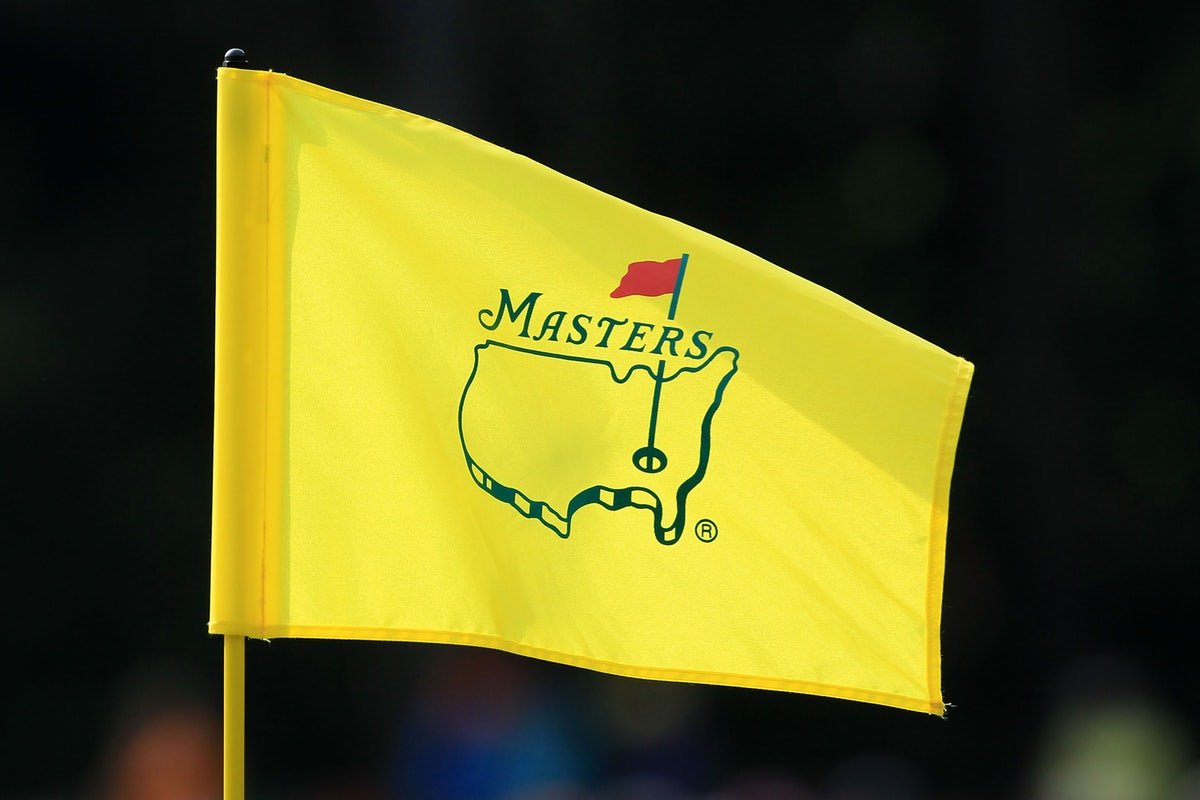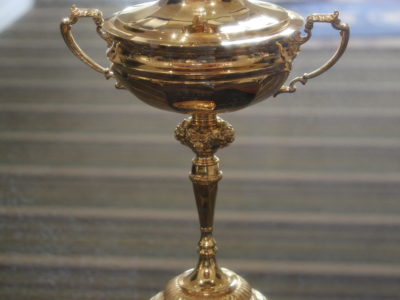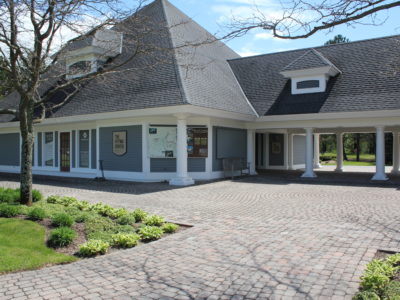By Mike May
You really don’t really need to understand golf to enjoy The Masters. Whether you watch the broadcast on your television, laptop, tablet, or smart phone, there is always an element of excitement and beauty surrounding Augusta National.
There are a number of newsworthy aspects of The Masters that makes it, ‘second-to-none,’ ‘ a cut above the rest,’ and ‘a tradition unlike any other.’
- Dinner Reservations. The winners of the Masters each year is invited that night to join the members of the Augusta National Golf Club for dinner in the Trophy Room inside the clubhouse.
- Sleepover Special. Amateurs who play in the Masters are invited to stay in the Crow’s Nest, atop the Augusta National clubhouse.
- Trophy Time. The permanent trophy weighs 100 pounds and features the name of the winner, as well as the runner-up. The Masters Champion receives a replica and a gold medal, both of which he is allowed to keep, but the replica weighs only 20 pounds.
- The Clubhouse. The Augusta National clubhouse predates the building of the golf course as it was originally a private home built in 1854.
- Keeping Up with the Jones’. In the first edition of the Masters (in 1934), then known as the Augusta National Invitation Tournament, Bobby Jones competed in the event, where he finished in a 13th place tie with Denny Shute and Walter Hagen. Jones finished ten shots behind the winner, Horton Smith.
- Naming Rights. Credit for naming each hole at the Augusta National Golf Club is given to Louis Alphonse Berckman, Bobby Jones, and Clifford Roberts, who adorned each hole with a plant for which it is named.
- Arnie’s Plaque. On April 4, 1995, a bronze plaque, in honor of Arnold Palmer’s contributions as the first four-time winner of The Masters, was unveiled. The plaque is affixed to the water fountain which sits behind the 16th

- Jack’s Plaque. On April 7, 1998, a plaque, in honor of Jack Nicklaus’ play and contributions as the only six-time Masters champion, was unveiled. The plaque is affixed to a drinking fountain that sits between the 16th and 17th
- Who Is Rae? Rae’s Creek, which appears on the 11th, 12th, and 13th holes at Augusta National, is named after John Rae, who died in 1780. Rae’s house was the farthest fortress up the Savannah River from Fort Augusta. His house kept residents safe during Indian attacks when Fort Augusta was out of reach.
- The Green Jacket. The tradition of awarding The Green Jacket to the winner of The Masters started in 1949, when Sam Snead won. The tradition of the members wearing a green coat started in 1937. Each Green Jacket is adorned with brass buttons with the Augusta National logo on each.
- Par 3 Tournament. The Par 3 Contest at The Masters was first held in 1960 and was won by Sam Snead. To date, no player has ever won both the Par 3 Contest and the Masters in the same year.
- Winner Buys — Next Year. A tradition that began with Ben Hogan in 1952, previous Masters Champions gather Tuesday evening for the Champions Dinner, held in the main clubhouse. The defending champion of the Masters selects the menu and hosts the dinner. The only non-winner to attend the dinner is the current chairman of the Augusta National Golf Club.
- The Bridges Over Rae’s Creek. The Hogan bridge across Rae’s Creek, allows players to reach the 12th The Nelson bridge spans Rae’s Creek, at the 13th green. The Sarazen bridge allows players to reach the 15th green.
- Michelson’s Moment in Time. In 2010, Phil Mickelson drove the ball through the 13th fairway into the pine straw behind the trees during the fourth round. Undaunted, Mickelson struck a perfect six iron and it came to rest on the green, which led to a birdie. A plaque was placed on the exact spot he struck that incredible shot.
Next time you get together with friends to watch the Masters, enlighten your colleagues with these key facts about the Masters, which is truly ‘second-to-none,’ ‘a cut above the rest,’ and ‘a tradition unlike any other.’










